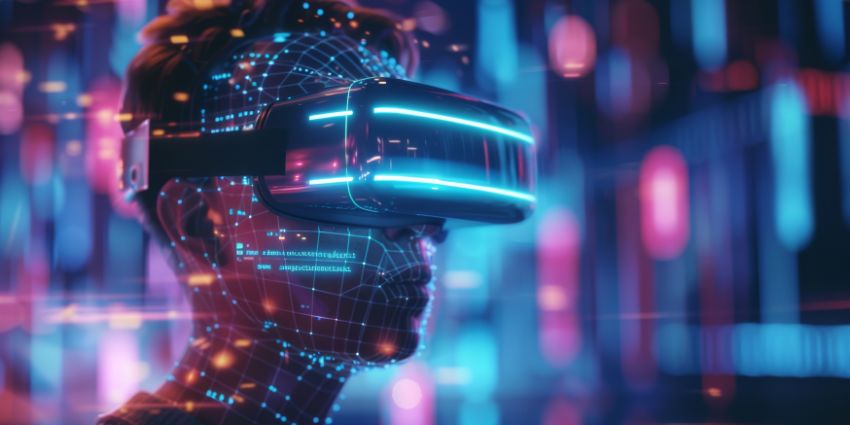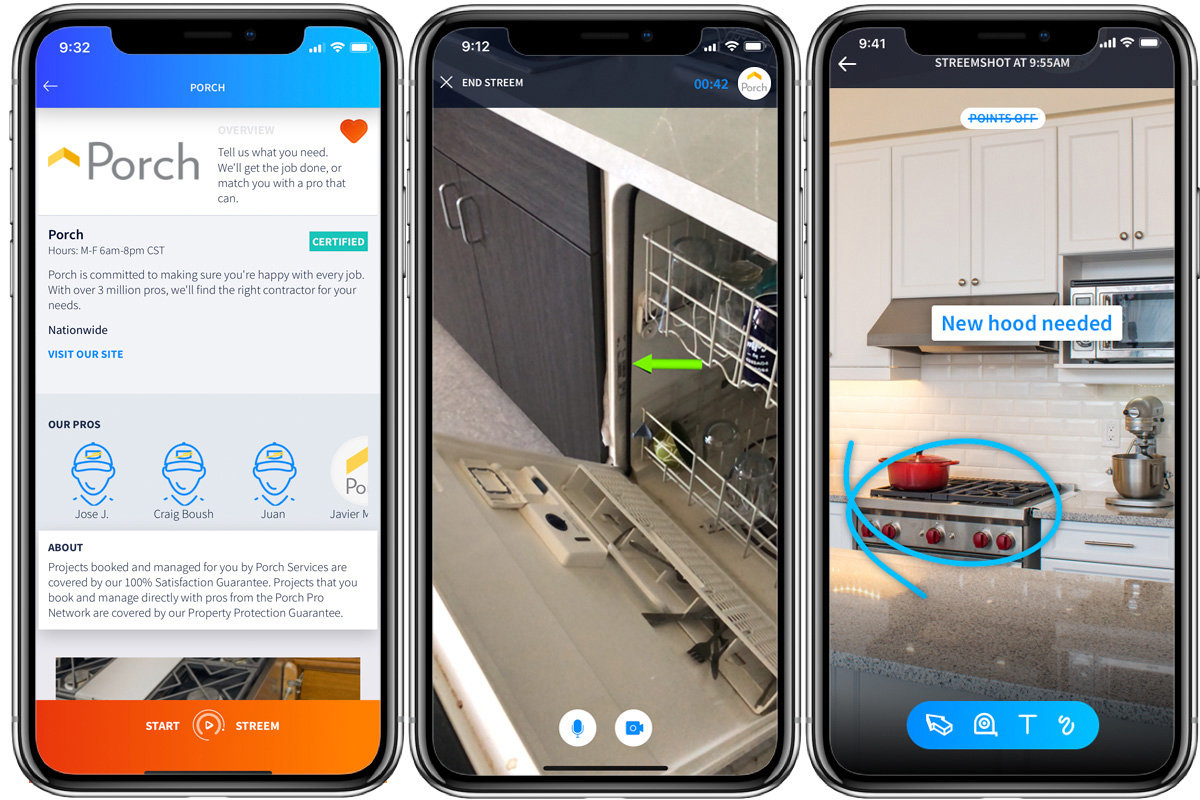The Benefits of Generative AI for Extended Reality
The adoption of extended reality (XR) solutions is increasing incredibly. Consumers and enterprise users leverage the metaverse, virtual, augmented, and mixed reality for entertainment, training, collaboration, and more.
With AI in XR, the companies and developers designing these immersive experiences can build more realistic, engaging scenarios while reducing development costs and complexity. Generative AI, in particular, empowers creators to design everything from hyper-realistic landscapes and avatars to unique user interfaces powered by spatial computing tech.
As countless companies continue to embed generative AI into the XR landscape, from Snap, to Meta, now is the perfect time to explore why companies should be using AI in the XR space.
1. AI in XR Transforms Content Creation
Creating content for extended reality experiences can be complex. Even with countless software development kits and programs to choose from, companies can spend months designing hyper-realistic assets, from landscapes to avatars. Generative AI in XR accelerates the pre-production and production phases of XR asset development.
With the right software, anyone can create 2D and 3D illustrations, concepts, and other assets, even if they don’t have extensive development skills. For instance, Snap’s generative AI tools allow creators to produce unique filters and “lenses” for augmented reality in seconds.
Generative AI can help users create digital twins that accurately reflect real-world environments and speed up the process of 3D reconstruction with feature recognition and object identification. Some solutions can even use images and scans of a person or object to create matching assets.
Ultimately, generative AI makes developing assets easier, faster, and cheaper while significantly boosting the quality of the content created.
2. Transforming Device Development
When assessing the benefits of generative AI in XR, many companies focus on this technology’s potential for content creation. However, generative AI can also help with other development processes in the extended reality space.
Generative AI tools are excellent for helping companies to discover new ways of creating extended reality headsets, from smart glasses, to MR wearables. Generative AI technologies can leverage vast amounts of data to provide insights on how companies can design screens with faster rendering times, to reduce virtual reality sickness, or adjust device designs to boost ergonomics.
Companies can even experiment with generative AI design tools in the XR world, rapidly creating wireframes and digital twins for new solutions. This could pave the way to a new era of more powerful, comfortable, and impressive headsets.
3. Improving User Experiences
Generative AI isn’t just an incredible tool for creating content in the metaverse, and XR, it’s also opens the door to valuable feature sets in XR experiences. Already, artificial intelligence powers many of the key capabilities of XR apps. For instance, it’s responsible the voice and gesture recognition capabilities of devices like the Apple Vision Pro.
Generative AI can help take the spatial computing capabilities and other features of XR applications to the next level. Because it can recognize various forms of user input in real time, generative AI can dynamically customize user experiences. It can adapt to different user needs, translate content into different languages, or adjust images to adhere to vision requirements.
The right technology can even improve training experiences in XR, learning from user behavior to adapt immersive education experiences in real time. Plus, because generative AI can help developers create more realistic assets, leveraging textures, lighting, and other factors, it leads to a more engaging experience for every user.
4. Transforming Training and Customer Experiences
As mentioned above, generative AI has the power to transform training experiences in XR in various ways. Not only can it help companies adapt their educational content to different user needs, but it can provide users with real-time coaches as they move through a training journey.
With generative AI, companies can create “NPCs” (Non-Playable Characters), offering real-time feedback to users as they complete certain tasks or answer questions. These NPCs can significantly enhance training outcomes while reducing the need for management to host training sessions.
Outside of the training environment, generative AI NPCs in XR can also be used for various tasks, like delivering exceptional customer service. These avatars can act as onboarding assistants for customers learning how to use new products, answering questions as they experiment with demos. Some solutions can even use data to suggest relevant products and solutions to customers in an XR environment, such as an augmented reality shopping app.
5. Optimizing XR Asset Performance
Metaverse applications and extended reality software rely on a lot of computing power. To create immersive experiences for users, these solutions need to be able to perceive, understand, and track their physical environment and respond to user inputs instantly.
Generative AI in XR can help reduce the computing power an XR solution needs to use. Generative AI software development tools can offer suggestions to team members during the design process to help them create apps that require less bandwidth and computing power.
Gen AI solutions can even help to enhance the performance of AI-powered features in extended reality. For instance, a powerful AI algorithm can optimize foveated rendering, using eye-tracking data and real-time insights to determine when, where, and how content should be presented.
Generative AI could help companies create more powerful XR experiences while reducing the amount they need to invest in computing capabilities.
6. AI in XR Enhances Synthetic Data Generation
According to Gartner, by the end of this year (2024), 60% of all the data required to create AI solutions and analytical software will be synthetically generated. Just as XR solutions require a lot of bandwidth and computing power to perform well, they also need significant data.
Generative AI applications can create “synthetic” data, drawing on previous insights and machine learning to help companies create unique applications faster. The synthetic data generated by these solutions can help to improve the performance of different applications, by giving the system more diverse insights to work with.
Users can create virtual objects, environments, and characters for AR, VR, and mixed reality applications, using synthetic data for their machine learning models. This synthetic data can even improve the development of NPCs for training and customer service purposes.
The Benefits of AI in XR Development and Optimization
For some time now, developers and innovators in the extended reality landscape have leveraged artificial intelligence to improve the performance of their immersive technologies. With generative AI in XR, businesses can take their creations to the next level, designing new interactive experiences, landscapes, and characters.
Used correctly, generative AI can enhance the quality of the content created for XR while also reducing development costs and the time spent optimizing ecosystems.
Quelle:




